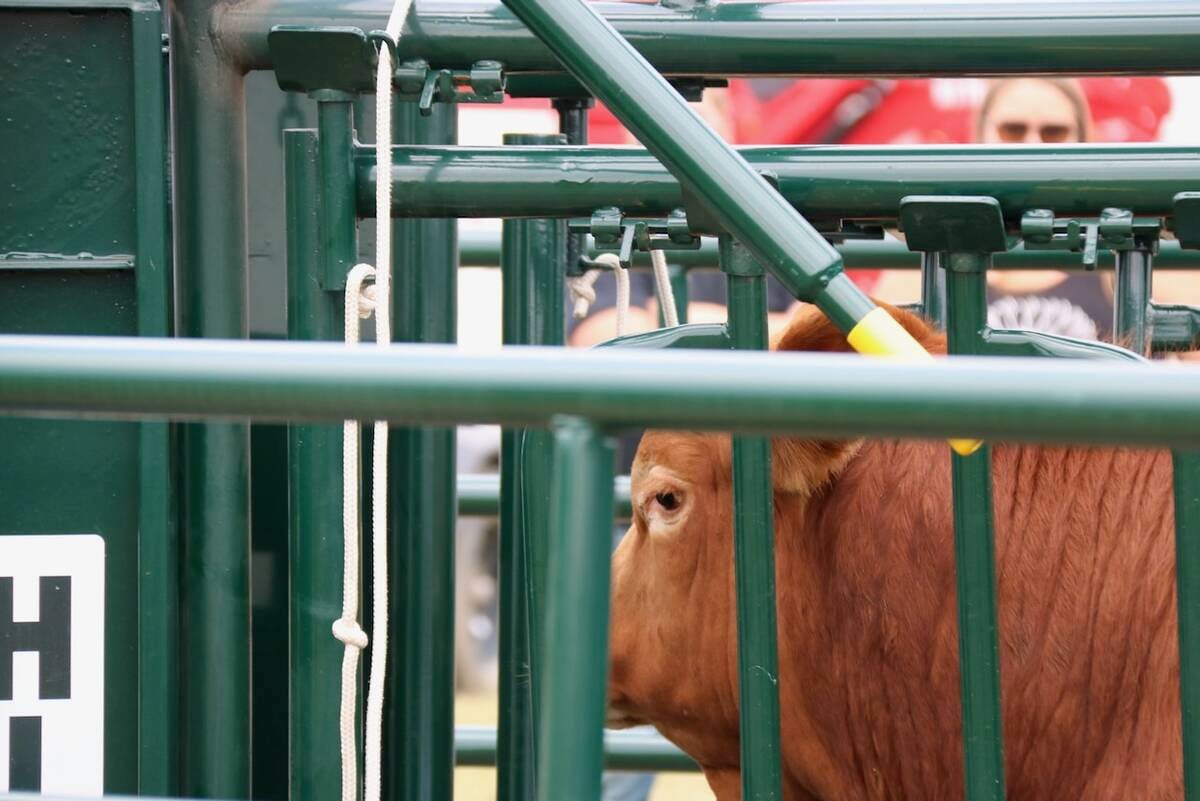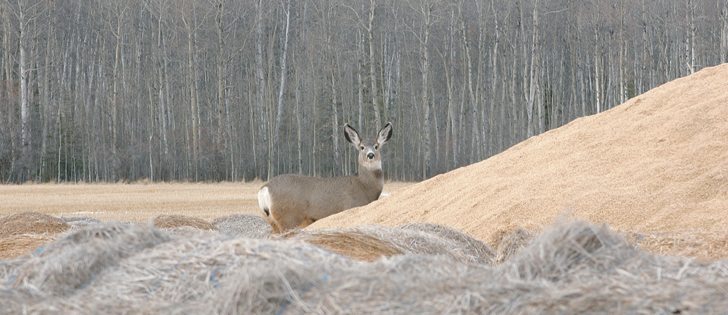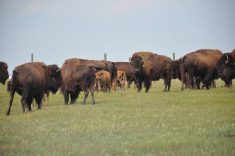Alberta beef producers want more government compensation when livestock and forage supplies are lost to predators.
The problems with wildlife are found throughout the province, and producers are increasingly frustrated as they try to protect their livestock and forage. More fences and hunting have been ineffective.
“The government has to look at the wildlife problem rather than us trying to fit a Band-Aid around it,” rancher Roland Cailliau of Valley-view said at the Alberta Beef Producers annual meeting held in Calgary in December.
Research is underway to examine the conflicts between Alberta producers and wildlife.
Read Also

Good handling equipment a must on cattle operations
It’s important for the safety of producers and everyone else dealing with their stock that handling equipment is functional and safe.
The non-profit Miistakis Institute at Mount Royal University received responses from 672 Alberta cattle producers, and nearly 90 percent reported problems in which livestock were hurt or killed and feed supplies raided.
Compensation is available for some damage, but many producers do not bother because the burden of proof is too high.
Delegates at the ABP meeting passed resolutions looking for additional provincial coverage for a wider range of claims.
One resolution wanted compensation when horses are killed or hurt by predators. Horses have been lost to cougars but are not covered like other livestock.
Some delegates said the proper route would be to seek help through the Alberta Horse Federation, but producers who use horses on their ranches argued that they should be covered.
“They are not cattle but it is part of our livelihood,” said Darren Bevans of Raymond.
Another resolution said compensation is needed when a predator seriously hurts an animal.
“There are many animals that are harmed by predators but they are not killed,” said Jake Meyer of Welling. “A crippled animal such as a calf is still money lost to a producer.”
Producers also want expanded coverage for losses to swath, bale and corn grazing.
Feed supplies in stacks are covered if deer, elk and other wildlife ravage the bales, but newer practices are not covered.
“As we have moved to more of this swath and bale grazing in the province, it has become a bigger issue,” said Bevans.
Delegates also wanted more controls on elk at the Suffield military base in southeastern Alberta.
Brad Osadczuk of Jenner said the federal government released 400 elk on the base 20 years ago and 6,000 to 8,000 now live there.
They have no natural enemies, and the population has boomed.
There is local support to cull the herd. Six hundred hunting tags are released annually, but more are needed as the herd continues to thrive.
“They are never going to catch up,” Osadczuk said.
Rick Friesen of Vauxhall said the elk replaced the wild on the base with little oversight by the federal government.
“People are getting very frustrated and nothing is being done,” he said.
















